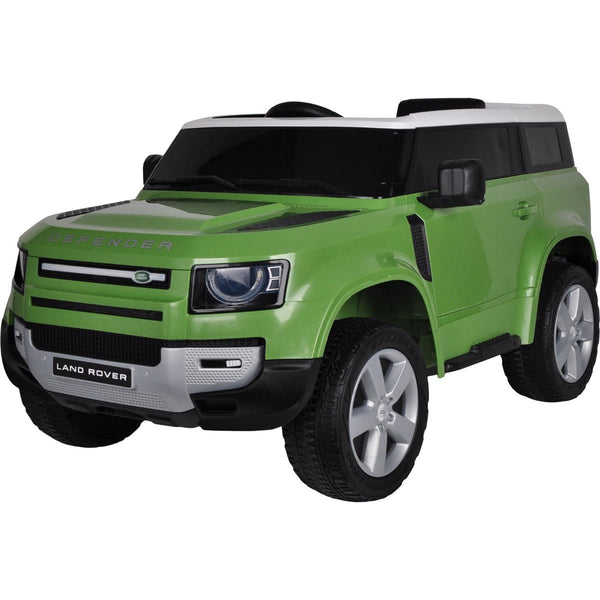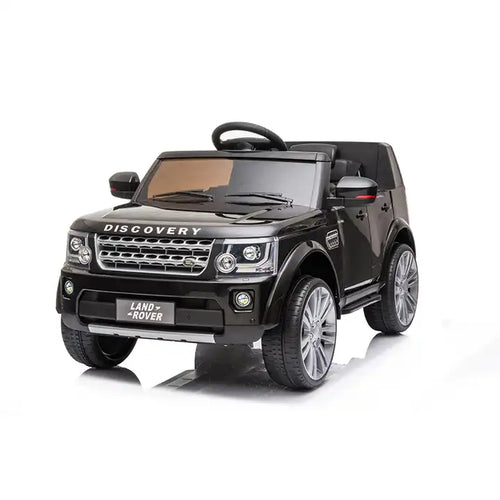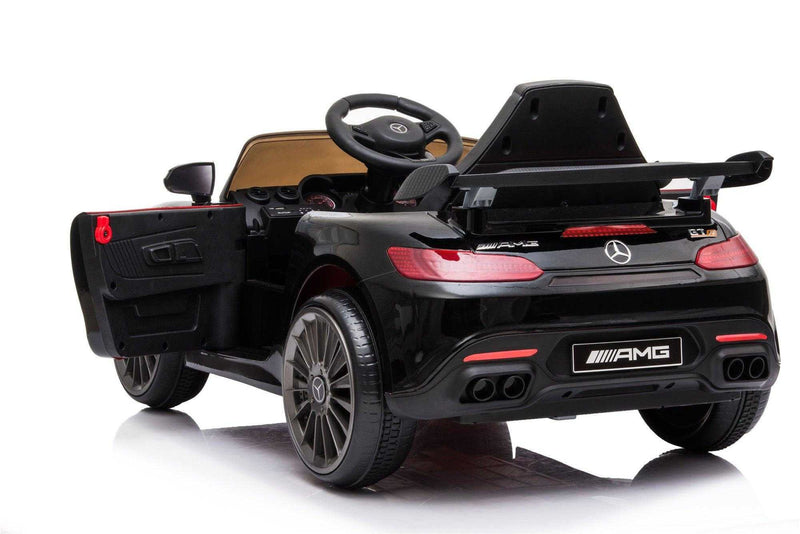New Ideas On Deciding On Electric Kids Cars
Wiki Article
What Should You Look For When Buying A Ride-On Car For Toddlers?
To ensure the safety, suitability, and enjoyment of your child's ride-on vehicle take into consideration their height, age and development stage. Here are some factors to consider:
Younger Toddlers (1-3 years old) - For toddlers who are younger, look for ride-on cars specially designed for their age. They typically have an uninspiring, stable design with easy-to use controls. They are also typically equipped with simple features, such as buttons, a steering wheel or handles. Choose ride-on vehicles with a wide base for the best stability and to minimize the possibility of falling over.
Older children (3+years old) When children become older, they are better able handle advanced ride on cars that are equipped with many more features and controls. Look for cars that have adjustable seats, higher capacities for weight, and also interactive features like working lights, music and sounds. Look into ride-on vehicles with the ability to adjust speeds or parental controls to suit different levels of skill.
Size
Height and weight Height and Weight and weight into account when selecting a ride-on car. Select a car with the right weight for your child and a the height that comfortably fits your child. Avoid vehicles that are either too large or too small, because they can cause discomfort or make it unsafe for your child to travel in.
Legroom and Comfort Make sure that the car you ride in has ample legroom as well as space for your child to comfortably sit. The dimensions of the seating area should be in line with the child's height and weight.
Developmental Stage
Motor Skills – When choosing the best ride-on for your child, you should consider your child’s motor skills and their ability to coordinate. For toddlers, a simpler control may be needed to navigate. But, older kids may benefit from interactive features as well as more intricate controls.
Independence and Confidence - Ride-on vehicles can help build confidence and independence in children, by helping them manage their car and navigate. Pick a car that permits your child to learn steering or braking, acceleration, or both independently, thereby building their motor skills and confidence with time.
Select a car that is interesting and attractive to your child. Choose a theme, color or feature that will appeal to your kid's interests. It might be an old-fashioned automobile, sports car with a character, a pickup truck, or a classic automobile.
You can choose a ride-on vehicle that is comfortable, safe and educational for your child based on their age, size and developmental stage. Follow the most popular electric kids cars for website advice including childrens ride on, lambo toy car, childs electric ride on car, cars pedal car, digger ride, riding digger, electric ride along car, electric car ride, childs car toy, toy toy cars and more. .

What Maintenance And Assembly Are Required For A Child's Car Ride-On?
It is normal for children' ride-on car to require assembly as well as ongoing maintenance, in order to ensure optimal performance and security. These are some of the most commonly used maintenance and assembly requirements for children's ride-on cars.
Most ride on cars are assembled in part at the time of arrival and require some sort of assembly. It usually involves attaching components such as the steering wheel and seats according to manufacturer's instructions.
Follow the steps for assembly with care to ensure that all components are correctly aligned and attached. For final assembly, make use of the tools and accessories that are provided.
Cleaning
Regular cleaning is necessary for keeping the ride-on vehicle running at its peak and performing effectively. Clean the exterior surfaces with an abrasive sponge or cloth that has been soaked in mild soapy water. This removes dust, dirt and other debris.
Special attention should be paid to areas that are prone to build up, like tires, wheels, and undercarriage. To get rid of stubborn dirt and grime, use a toothbrush or brush to access areas that are hard to reach.
Avoid using harsh chemicals and detergents that are abrasive. They can damage electronic components or paint of the ride-on car.
Battery Care
It is important to take care of the battery if your vehicle that you ride on is powered by a battery that can be recharged. This will help maintain the performance of your battery and extend its the lifespan of the battery. Here are some guidelines on battery care.
Make sure to fully charge your battery prior to the first use, and then every time you use it to ensure that you get the most out of it.
Beware of overcharging the battery or leaving the battery hooked to the charger for extended periods, as this can cause damage to the battery and decrease its lifespan.
The battery for the ride-on car must be kept in a cool and dry area when not being used in direct sunlight or temperatures that are extreme.
Make sure to check the battery terminals frequently for damage or corrosion. Clean them as needed using the help of a wirebrush or a terminal cleaner.
If the battery stops charging or has signs of damage, replace it.
Tire Maintenance -
Always check your tires for signs that they're losing air pressure, damaged, or worn. As needed, make use of a bicycle air pump or an air compressor to blow up tires to the appropriate pressure.
Examine the tread pattern and see whether there are any foreign objects or other debris that could cause flats and punctures. Replace damaged tires and remove any obstructions.
Lubricate the wheel bearings, as well as other components to ensure smooth rotation.
Occasional Repairs or Replacements -
Despite regular maintenance, certain ride-ons may need repairs or replacement of parts due to wear and wear and.
Be on the lookout for signs of malfunction or degradation like a strange sound, erratic behaviour, or loss of power. Refer to the manufacturer's specifications or call customer support for guidance on troubleshooting and repair options.
To avoid further damage, replace damaged or worn components as soon as you can to ensure the safety of your equipment and its functionality.
You can make sure your child's rideon vehicle is in perfect condition by adhering to these assembly and maintenance guidelines. Your child can look forward to numerous hours of safe fun and exciting playing time. View the recommended JCB ride on toys for website info including electric car ride, toy a car, electric toy car, ride on toy, toy in car, electric toy car, toy ride, race car toy car, childs electric ride on car, car for toy and more. .

What Should I Think About Before Buying An Electric Kid's Car? What Are The Pros?
You should consider several factors when choosing an electric children's car. Here are a few important factors to consider, along with information on dimensions, costs pro and cons The age and size of the Child
When choosing an electric car to your child, think about the size and age of your child. For smaller and younger children small and lightweight models are often the best choice. However older or larger children may require cars that have more space to accommodate them.
Car Size and Weight -
Electric kids' car models are available in a variety of sizes. From tiny to large-scale replicas, they're all readily available. It is important to consider the size and weight of the car in relation to the child's height, size and age. Also, you need to think about the space available to store the car and play.
Price Range
The cost of electric vehicles for kids can vary greatly dependent on a variety of factors, such as size, brand and quality. Prices vary from $50 to $200 for replicas of micro-sized size, whereas more expensive licensed replicas can cost between $200 and 800.
Pros & Cons
Pros -
Electronic Kids' Cars - These cars are great for entertainment and imaginative games. Children can enjoy the excitement of owning their own vehicle.
Motor Skill Development. Operating an electric vehicle helps children develop coordination skills, spatial awareness as well as fine motor skills.
Electric cars are ideal for outdoor play. They promote physical exercise.
Realistic Features: Many electric cars for children come with realistic features like working lights, horns and MP3 playability. This makes for a more enjoyable playing experience.
Cons -
Cost - Electric kids' vehicles, specifically licensed replicas of the most well-known brands, can be costly.
Battery Life - Electric cars rely on rechargeable batteries for power. They might have a limited time of operation and require frequent recharge.
Safety Concerns Electric vehicles are susceptible to hazards for safety including accidents, falls, and traps. This is particularly true when the vehicle is not operated with caution and under adult supervision.
Assembly and Maintenance - Some electric vehicles require assembly upon arrival and maintenance on a regular basis such as cleaning, battery care and occasional repairs or part replacements.
Accessories and features -
Think about the features and other accessories included in the electric children's car like functioning headlights, horn sounds, parental remote control, seat belts and storage compartments. Select a car with features that are compatible with your child's interests and needs.
The ideal electric car for your child will be determined by their age, their size, their preferences and budget. Make sure you read reviews, review models, and take into consideration the pros and cons before you make your final choice. View the best remote control childrens cars kidscars.co.uk recommendations for website info including digger ride, two seater electric cars, remote control childrens car, ride electric car, kiddies cars, electric ride on cars, cars pedal car, ride on toy, cars pedal car, ride on car and more. .
